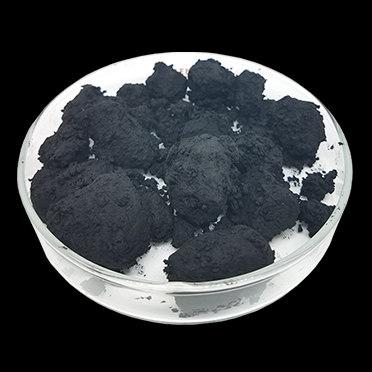Graphematech develops a simple, scalable method for coating polymer powder and granular with a layer of Aros Graphene
Sweden-based Graphematech, a startup company that develops and sells novel graphene-based nanocomposite materials and services, has announced the development of a scalable method for coating polymer powder and granular with a layer of its Aros Graphene. The Company sees this is a major boost to the polymer composites industry.

This newly developed method is said to be very efficient for obtaining high quality dispersion of Aros Graphene additive inside a polymer matrix without the use of high shear forces in melt mixing. It enormously reduces production costs and minimizes property degradation for both the polymer matrix and the additive while maintaining high quality and homogeneous composite. The invented method can be also applied for coating polymer powder with different materials such as metals, ceramics, fibers, cellulose and more.




